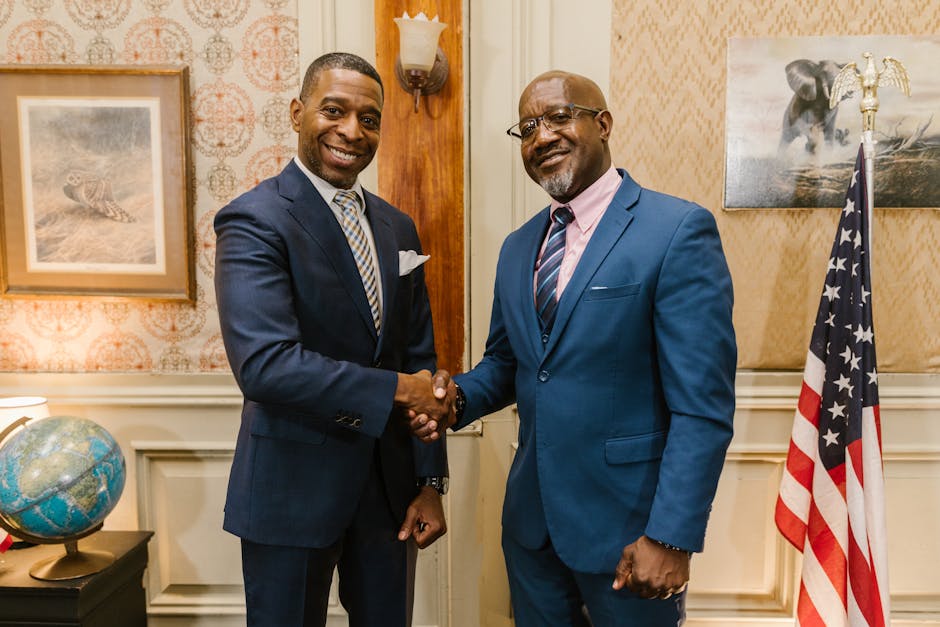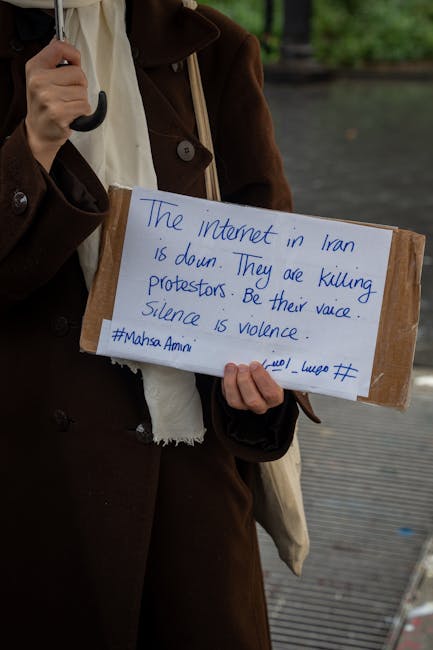The Iran Nuclear Deal: A Comprehensive Analysis of its History, Implications, and Future
The Iran nuclear deal, officially known as the Joint Comprehensive Plan of Action (JCPOA), has been a source of intense international debate and diplomatic maneuvering since its inception. This agreement, reached in 2015 between Iran and the P5+1 (the five permanent members of the United Nations Security Council—China, France, Russia, the United Kingdom, and the United States—plus Germany), aimed to curb Iran’s nuclear program in exchange for sanctions relief. Understanding its intricacies, its successes and failures, and its potential future is crucial to comprehending the geopolitical landscape of the Middle East and beyond.
The Genesis of the JCPOA: A Decade of Negotiations
The road to the JCPOA was long and arduous, spanning over a decade of fraught negotiations. Concerns about Iran’s nuclear ambitions, fueled by revelations of its clandestine uranium enrichment program, led to international sanctions aimed at pressuring Tehran to halt its activities. These sanctions significantly hampered Iran’s economy, prompting a search for a diplomatic solution.
The initial rounds of negotiations were often marked by mistrust and stalemate. Iran insisted on its right to enrich uranium for peaceful purposes, while the P5+1 sought stringent limitations on its nuclear capabilities to prevent the development of nuclear weapons. The breakthrough came with the understanding that a comprehensive deal could address both security concerns and Iran’s economic needs.
Key Provisions of the JCPOA
- Uranium Enrichment Limits: The agreement significantly restricted Iran’s uranium enrichment capacity, limiting the amount of enriched uranium it could produce and the level of enrichment allowed.
- International Inspections: The JCPOA provided for enhanced international inspections of Iranian nuclear facilities by the International Atomic Energy Agency (IAEA) to verify compliance.
- Sanctions Relief: In return for its compliance, Iran received relief from international sanctions, opening up access to global financial markets and trade.
- Long-Term Monitoring: The deal included a long-term monitoring mechanism to ensure Iran’s continued adherence to its commitments.
The Trump Administration’s Withdrawal and its Consequences
In 2018, the Trump administration unilaterally withdrew from the JCPOA, citing concerns about the deal’s sunset clauses and Iran’s regional activities. This decision triggered a significant escalation of tensions, as the US reimposed sanctions and Iran gradually rolled back its commitments under the agreement.

The withdrawal had several far-reaching consequences:
- Increased Nuclear Tensions: Iran’s gradual resumption of uranium enrichment activities raised concerns about its potential to develop nuclear weapons.
- Strained International Relations: The US withdrawal damaged its relationships with European allies who remained committed to the JCPOA.
- Economic Hardship in Iran: The reimposition of sanctions further crippled Iran’s already struggling economy.
- Regional Instability: The heightened tensions fueled regional instability and increased the risk of military conflict.
Attempts at Revival and the Current State of Affairs
Despite the US withdrawal, efforts to salvage the JCPOA have continued. Indirect negotiations between the US and Iran, mediated by European powers, have taken place, aiming to revive the agreement. However, significant hurdles remain.
Key sticking points include:
- Sanctions Relief: Iran demands comprehensive sanctions relief as a precondition for returning to full compliance.
- Guarantees of Non-Withdrawal: Iran seeks guarantees that future US administrations will not withdraw from the agreement.
- Iran’s Regional Activities: The US remains concerned about Iran’s support for regional proxies and its ballistic missile program.
The current state of the JCPOA remains uncertain. While there have been periods of optimism, significant disagreements persist, and a complete return to the 2015 agreement seems distant. The lack of a revived deal continues to raise concerns about nuclear proliferation and regional security.

The Future of the Iran Nuclear Deal: Potential Scenarios
Several potential scenarios could unfold regarding the future of the Iran nuclear deal:

- A Revived JCPOA: A return to the original agreement could stabilize the situation, but requires concessions from both sides.
- A Modified JCPOA: A revised agreement could address the concerns of both sides, potentially incorporating new provisions related to Iran’s regional activities or missile program.
- A New Agreement: A completely new agreement could be negotiated, addressing the shortcomings of the JCPOA but this would require significant diplomatic effort.
- A Nuclear Arms Race: If negotiations fail, the risk of a nuclear arms race in the Middle East increases significantly, potentially leading to heightened regional instability.
- Military Intervention: While unlikely, the failure to reach a diplomatic solution could increase the risk of military intervention, with unpredictable consequences.
Conclusion: Navigating a Complex Geopolitical Landscape
The Iran nuclear deal remains a pivotal issue in international relations. Its history is complex, its implications far-reaching, and its future uncertain. Understanding the intricacies of the JCPOA, its successes and failures, and the challenges to its revival is essential for navigating the complexities of the Middle East and contributing to a more stable and secure global order. The path forward will require skillful diplomacy, a commitment to de-escalation, and a willingness to find mutually acceptable solutions. The stakes are high, and the need for a comprehensive and lasting solution is paramount.

